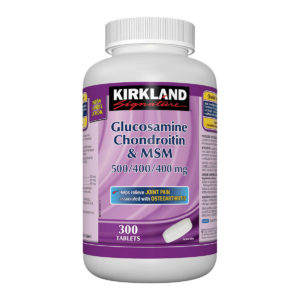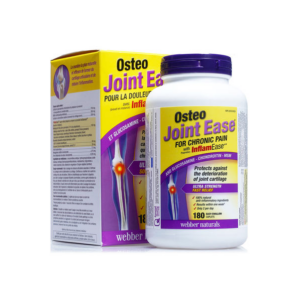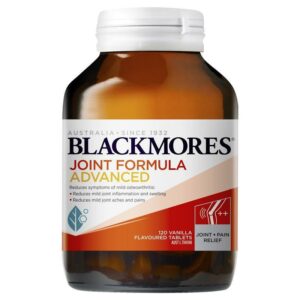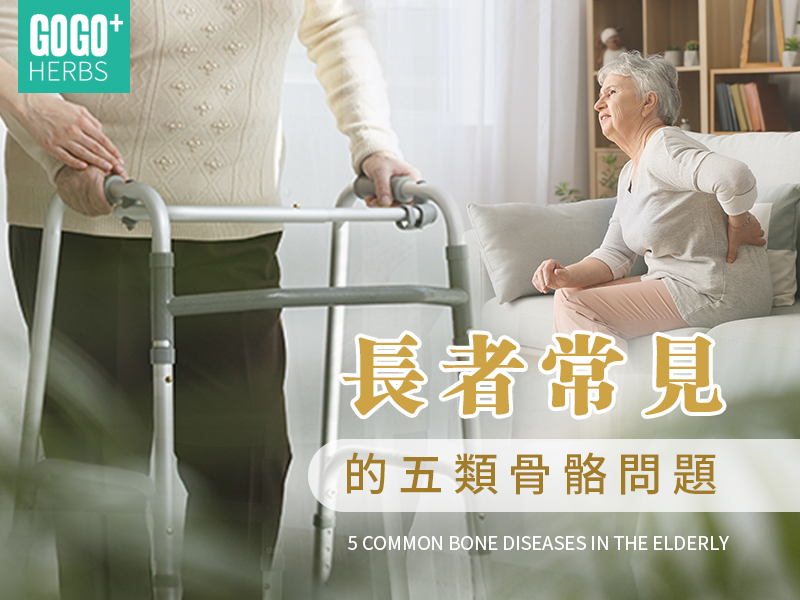
Five Common Bone Problems in the Elderly
After age 50, bone mass begins to decrease, muscle strength declines, and body fat increases. At this stage, older adults must eat nutritious foods and take nutritional supplements to prevent bone problems. Loss of appetite leads to even less food intake. As people age, their bodies have difficulty absorbing essential bone nutrients such as…Vitamin B12、Vitamin D、鈣、鎂和鐵More importantly, many medications that adults are undergoing can lead to nutritional deficiencies. Today, bone diseases are a leading cause of falls and mobility issues among the elderly. These include fractures, osteoporosis, and joint discomfort. Bone problems also impact the quality of life for older adults. Elderly individuals experiencing mobility difficulties are more likely to face serious health risks. They must constantly monitor their health to avoid health crises. This article discusses some common bone problems among older adults and provides insights into their conditions and treatments. Finally, tips for preventing bone fragility in older adults are provided at the end.
Related reading:Glucosamine and its effects
Common bone problems in the elderly
Osteoporosis
OsteoporosisOsteoporosis is a disease that weakens bones, making them more fragile and prone to fracture. People with osteoporosis face a greater risk of accidental bone fractures because their bones are too fragile and lack the strength to absorb impact and vibration.
Causes
Generally, bone loss is a natural sign of aging. However, people with osteoporosis lose bone much faster than normal people because their bodies have difficulty producing new bone tissue to replace old bone tissue. Women are also at higher risk of developing osteoporosis than men because women may lose more bone after menopause.
symptom
- bone fracture
- hip fracture
- wrist fracture
- Spinal fracture
Treatment and prevention
- Exercise regularly to strengthen your bones.
- Consume foods rich in calcium and vitamin D.
- Take a daily nutritional supplement containing calcium and vitamin D.
- Avoid smoking and reduce alcohol consumption.
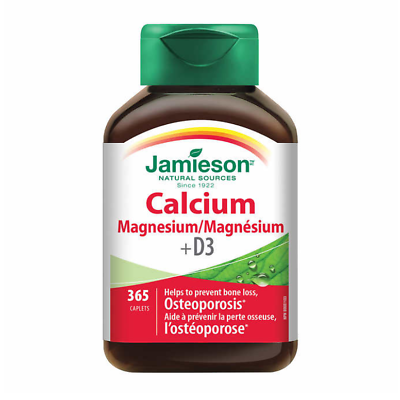
Abnormal bone remodeling
Abnormal bone remodeling is a condition that affects bone formation in individuals aged 1–5% and over 50 years of age. Patients have difficulty producing healthy bone to replace older bone.
Causes
Abnormal bone remodeling is often caused by new bone formation that is too thick, too weak, too coarse, or too large. Patients with fragile and deformed bones are more likely to experience bone fractures and joint discomfort. Abnormal bone remodeling can also be hereditary; people with a family history of the condition are more likely to develop it.
symptom
- Persistent bone pain
- Joint pain, stiffness and swelling
- Numbness and tingling in parts of the body, or loss of sensation
Treatment and prevention
- Contact your doctor for an accurate diagnosis. Your doctor may recommend bisphosphonate medications to improve bone regeneration.
- Pain relievers such as paracetamol and ibuprofen can be used to reduce pain.
- In severe cases, surgery may be necessary to correct the bones.
hip fracture
A hip fracture is a crack or break in any bone around the thigh or hip, usually caused by a fall or injury to the side of the hip. Bone problems such as osteoporosis can make bones so fragile that they are prone to fractures.
Causes
Hip injury from an accidental fall, or osteoporosis—a condition that makes bones fragile and brittle.
symptom
- Severe pain
- Difficulty lifting, moving or rotating legs
- Difficulty standing or putting weight on the legs
- Bruising and swelling around the buttocks
- The injured leg will appear shorter than the other leg.
Treatment and prevention
For hip fractures, hip replacement is the only permanent solution. Therefore, surgical repair of the fracture is necessary.
Bone and joint discomfort
This condition is common in adults aged 45 and older. Bone and joint discomfort causes joints to become painful and stiff. It occurs when the protective cartilage around the joint is damaged. Wear and tear on this cartilage causes the bones to rub against each other, leading to swelling and stiffness.
Causes
- Cartilage tissue wear and tear.
- Age – years of overusing your joints.
- Being overweight or obese puts excessive stress on joints.
symptom
- Joint pain and stiffness
- Swelling and clicking occur when the affected joint is moved.
Treatment and prevention
- Therapeutic exercise
- Maintain a healthy weight
- Wear low-heeled, safe shoes
- Consume foods rich in calcium and vitamin D
- Take supplements that support cartilage regeneration, such asglucosamine (C6H13NO5)、Chondroitin、MSM supplements。
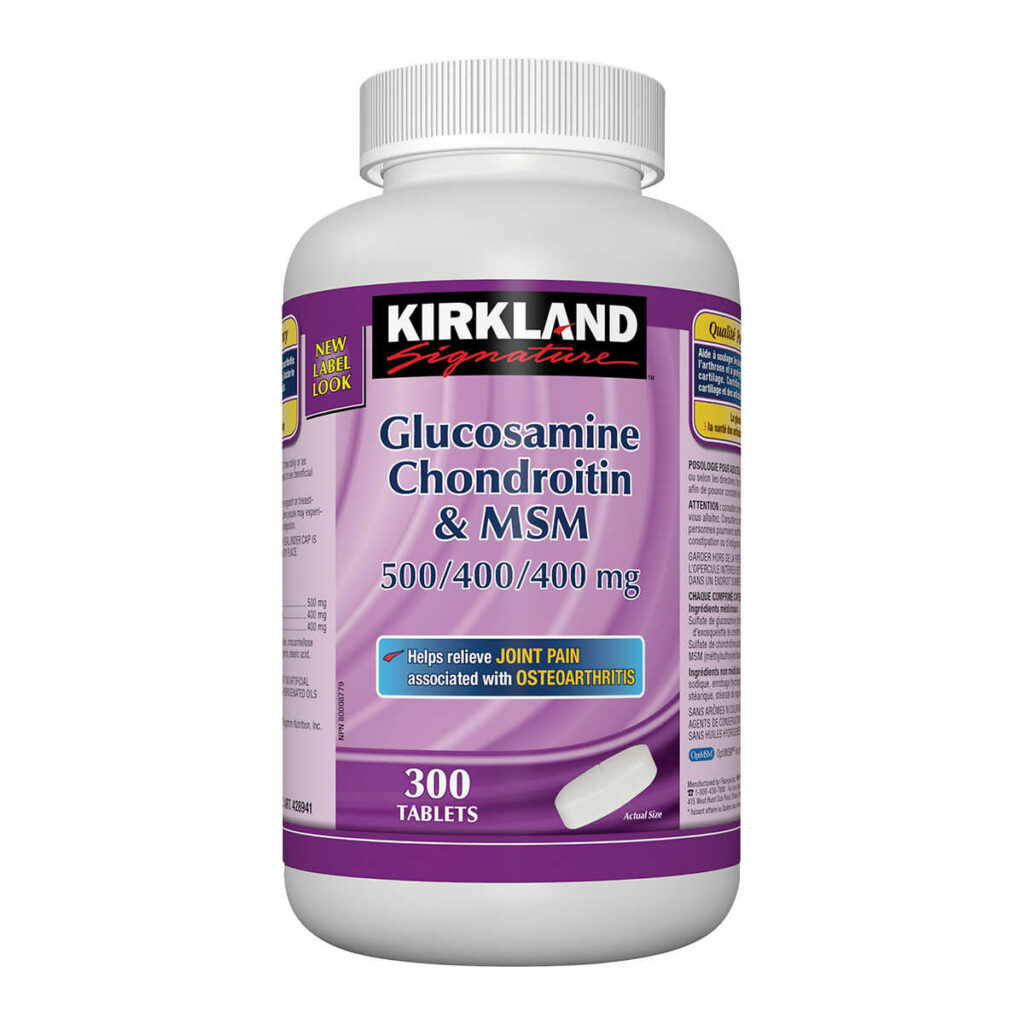
Tips for protecting bone health
1. Take the recommended dose of calcium supplement (1000 to 1500 mg daily).
2. Take vitamin D supplements (approximately 400 to 800 IU daily).
3. Taking glucosamine and chondroitin MSM supplements can regenerate joint cells and help prevent bone problems.
4. If you have any symptoms in your bones or joints, please get them checked properly.
5. Exercise regularly (such as hiking, dancing, and muscle training).
6. Avoid bad habits such as smoking and drinking alcohol.
7. If you are over 45 years of age, you must avoid sudden falls. Use assistive devices to ensure safety in your home.
Related Post:
Related Products:
-
Webber Naturals – Glucosamine Chondroitin Capsules (500/400mg) + D3 [Extra Strength] 300 Capsules
Original price was: $298.00.$265.00Current price is: $265.00. Add to basket -
Kirkland Signature – Glucosamine & Chondroitin & MSM 500/400/400mg 300 Capsules
Original price was: $330.00.$258.00Current price is: $258.00. Add to basket -
BLACKMORES – Joint Care Formula 120 capsules
Original price was: $258.00.$198.00Current price is: $198.00. Add to basket





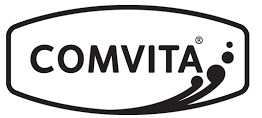




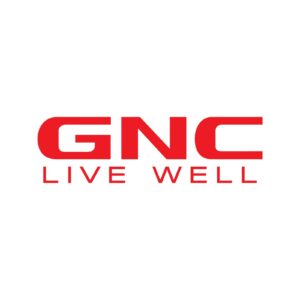









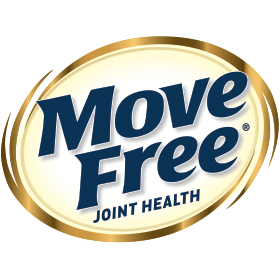







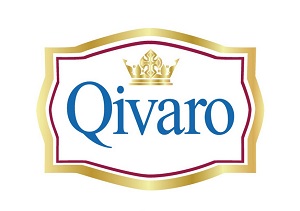



































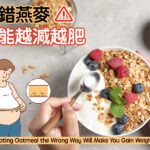
![維柏健 - 健骨至尊 葡萄糖胺軟骨素膠囊 (500/400毫克) + D3 [特強配方] 300粒](https://gogoherbs.com/wp-content/uploads/2019/10/Glucosamine-3-1-300x300.png)
